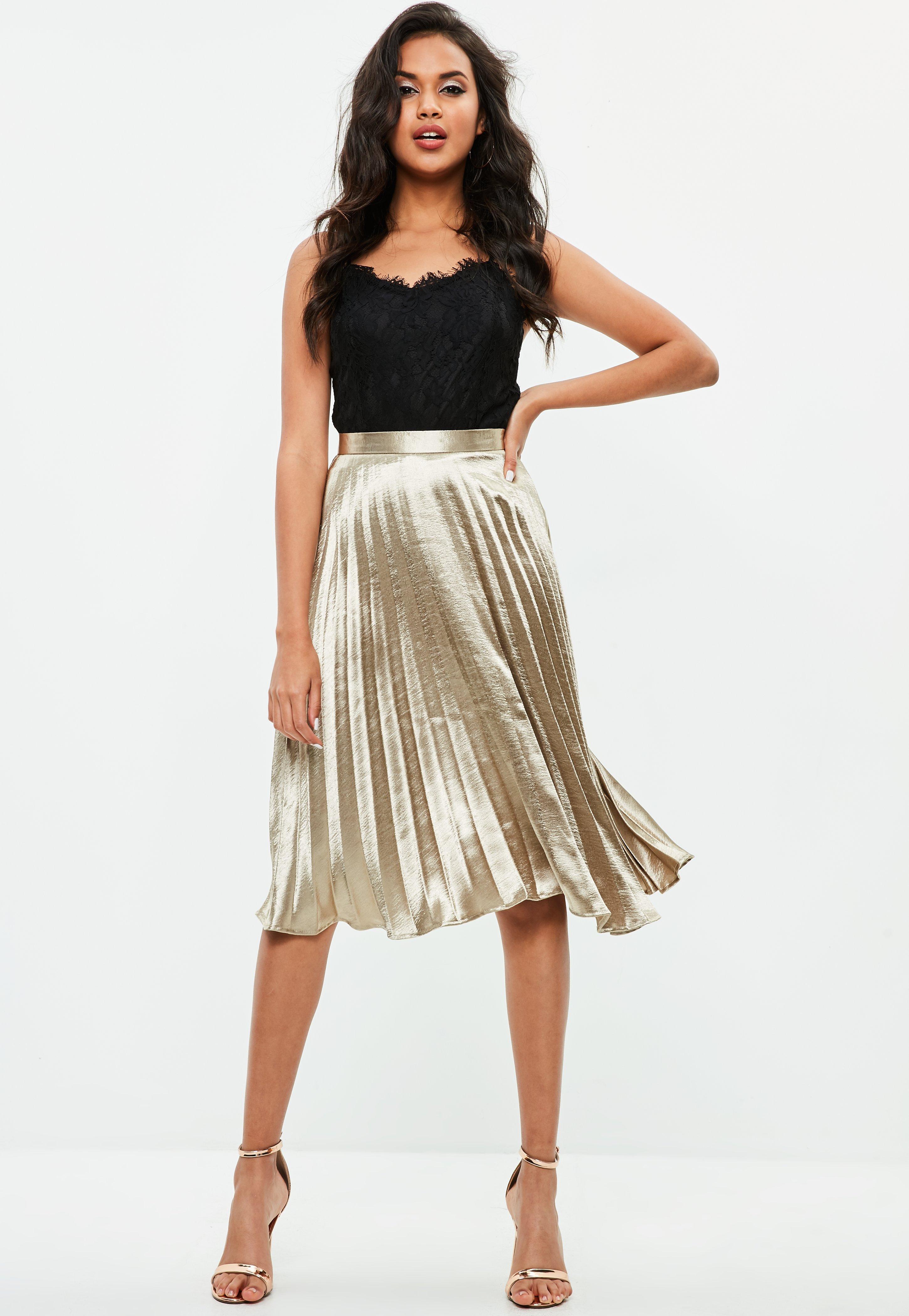


Technological advances in weaving in the 13-15th century, like foot-treadle floor looms and scissors with pivoted blades and handles, improved tailoring trousers and tights. It covered the straps attaching the upper legs iron cuisse to the breastplate. Even a knight's armor had a short metal skirt below the breastplate. They were wide cut and often pleated or gored so that horse riding was more comfortable. The lower part of men's dresses were much shorter in length compared to those for women. In the Middle Ages, men and women preferred dress-like garments. However, in Northern Europe, people also wore skirts and blouses. ĭuring the Bronze Age, in the Southern parts of Western and Central Europe, wraparound dress-like garments were preferred. Beneath these, a shente, or triangular loincloth whose ends were fastened with cord ties, were worn. During the New Kingdom of Egypt, kilts with a pleated triangular section became fashionable for men. By the Middle Kingdom of Egypt, longer skirts, reaching from the waist to ankles and sometimes hanging from the armpits, became fashionable. They were made of a rectangular piece of cloth wrapped around the lower body and tied in front. Around 2,130 BC, during the Old Kingdom of Egypt, men wore wraparound skirts (kilts) known as the shendyt. For the upper classes, they were beautifully woven and intricately pleated. Īncient Egyptian garments were mainly made of linen. Kaunakes cloth also served as a symbol in religious iconography, such as in the fleecy cloak of St. Eventually, the animal pelts were replaced by kaunakes cloth, a textile that imitated fleecy sheep skin. The term "kaunakes" originally referred to a sheep's fleece, but eventually came to be applied to the garment itself. The Sumerians in Mesopotamia wore kaunakes, a type of fur skirt tied to a belt. Skirts were the standard attire for men and women in all ancient cultures in the Near East and Egypt. Ī straw-woven skirt dating to 3.900 BC was discovered in Armenia at the Areni-1 cave complex. Figurines produced by the Vinča culture (c.5700-4500 BC) located on the territory of present-day Serbia and neighboring Balkan nations from the start of the copper age show women in skirt-like garments. Skirts have been worn since prehistoric times as the simplest way to cover the lower body. Most skirts are self-standing garments, but some skirt-looking panels may be part of another garment such as leggings, shorts, and swimsuits. The hemline of skirts can vary from micro to floor-length and can vary according to cultural conceptions of modesty and aesthetics as well as the wearer's personal taste, which can be influenced by such factors as fashion and social context. Transgressing social codes, Gaultier frequently introduces the skirt into his men's wear collections as a means of injecting novelty into male attire, most famously the sarong seen on David Beckham. Fashion designers such as Jean Paul Gaultier, Vivienne Westwood, Kenzo and Marc Jacobs have also shown men's skirts. Some exceptions include the izaar, worn by many Muslim cultures, and the kilt, a traditional men's garment in Scotland, Ireland, and sometimes England. In modern times, skirts are typically worn by women. Skirts of thin or clingy fabrics are often worn with slips to make the material of the skirt drape better and for modesty. Modern skirts are usually made of light to mid-weight fabrics, such as denim, jersey, worsted, or poplin. However, most skirts are fitted to the body at the waist or hips and fuller below, with the fullness introduced by means of darts, gores, pleats, or panels. Īt its simplest, a skirt can be a draped garment made out of a single piece of fabric (such as pareos). No matter the occasion, we have the style saviour for you with our range of women’s midi skirts.The Evolution of the Skirt, Harry Julius, 1916Ī skirt is the lower part of a dress or a separate outer garment that covers a person from the waist downwards. Or choose a midi skirt with slit to inject a little drama into your everyday look. Got a thing to go to? A knee length skirt in luxe satin is sure to be a head turner.
#MIDI SKIRTS UPDATE#
Or update your warm weather essentials with a floaty white midi skirt you can pair with a cute crop top and sandals. Opt for a mid length skirt in denim for a piece you can style with your go-to sneakers and a basic tee for easy weekend wins. From sleek mid length skirts in pencil styles to high wasited numbers in figure-hugging fits, this edit has everything you need to create the ultimate midi skirt outfit to suit you. Super flattering to any body type, the midi skirt can be dressed up or down for any occasion in your social calendar. Endlessly versatile and easy to wear, shop our range of midi skirts and knee length skirts this season.


 0 kommentar(er)
0 kommentar(er)
